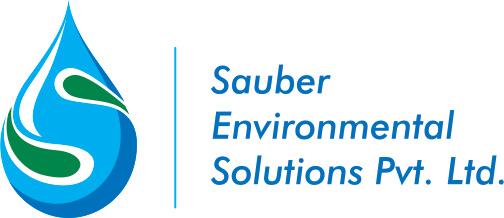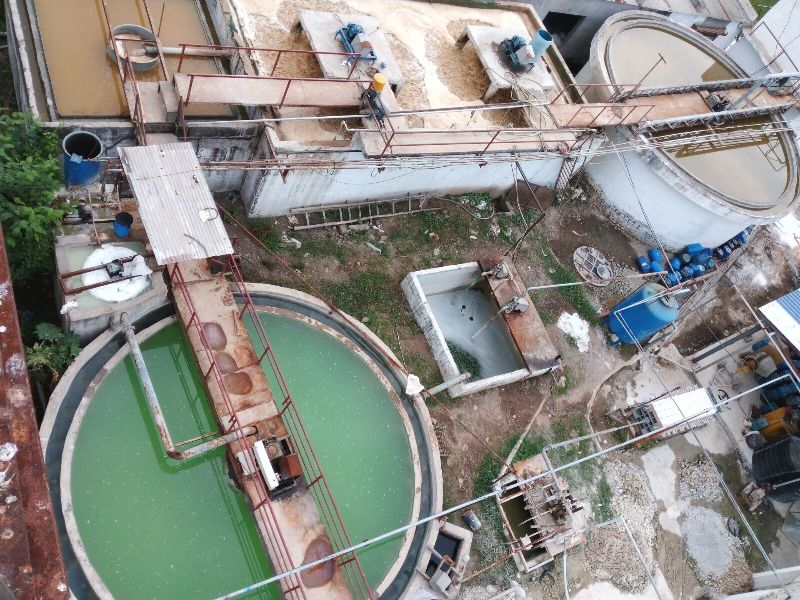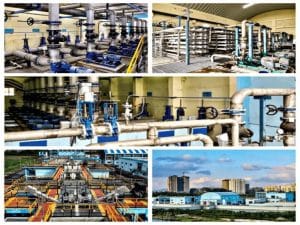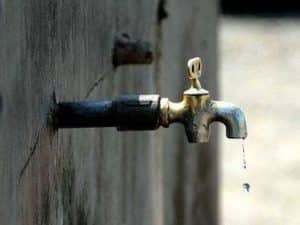“Water is life.” It is a unique and indispensable natural resource. No life form can be sustained without water on the planet, yet this valued resource is increasingly being threatened as human populations grow and demand more water of high quality for domestic purposes and economic activities. Among the various environmental challenges that India is facing this century, freshwater scarcity ranks very high.
India is struggling with water scarcity like few other nations, and the future outlook is concerning. It is imperative that we address this issue urgently and take wastewater treatment more seriously than ever before.
As an economy in transition from developing to developed status, India faces two significant problems. On the one hand, there is a lack of infrastructure; on the other, an ever-increasing urban population. Public services have not kept pace with rapid urbanization. Water supply, sanitation measures, and sewage management currently cover only a fraction of the total urban population.
Easier said than done! Here are some key challenges to wastewater treatment in India:
Wastewater Generation and Treatment
It is estimated that about 72,368 million liters per day (MLD) of sewage is generated in urban areas across India, as per the latest Central Pollution Control Board (CPCB) report. However, the total treatment capacity available is only about 31% of this, meaning the majority of wastewater goes untreated. Additionally, many existing wastewater treatment plants suffer from poor maintenance and operational inefficiencies, further exacerbating the problem. Untreated sewage pollutes water bodies, leading to severe health and environmental issues. Given India’s population, ignoring wastewater treatment is no longer an option.
Lack of Rainwater Conservation
A significant portion of rainwater is wasted as runoff due to inadequate rainwater harvesting infrastructure. This not only leads to water scarcity during dry periods but also contributes to urban flooding during the monsoon season. Moreover, the untreated domestic and industrial wastewater exacerbates pollution in water bodies such as rivers, lakes, and ponds.
Dearth of Wastewater Pre-Treatment Systems
Wastewater pre-treatment infrastructure is crucial, especially for managing industrial waste and domestic waste from large housing societies. All industries and large residential complexes should be required to have sewage treatment plants (STPs) to pre-treat wastewater before it enters the larger municipal systems. Given the chemical nature of industrial waste, having Effluent Treatment Plants (ETPs) or Common Effluent Treatment Plants (CETPs) is essential to prevent harmful pollutants from entering natural water bodies.
Lack of Investment
India has historically faced a significant shortfall in wastewater treatment infrastructure, primarily due to insufficient investment from both the government and private sectors. The lack of political will and public awareness has further compounded the issue. It is crucial that wastewater treatment becomes a priority in national infrastructure planning. Recent initiatives show some progress, but much more needs to be done.
Way Forward
To address these challenges, there is a need to optimize water use by recycling, reusing, recharging, and creating storages. Strategic planning and policies should focus equally on augmenting water supplies and developing robust wastewater treatment facilities. Encouraging public-private partnerships, investing in advanced technologies, and enforcing stricter regulations can also play a significant role in improving wastewater management in India.
If you have any questions or suggestions about wastewater treatment processes or plants, feel free to reach out to us, and we will be happy to answer your queries.



